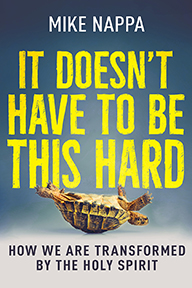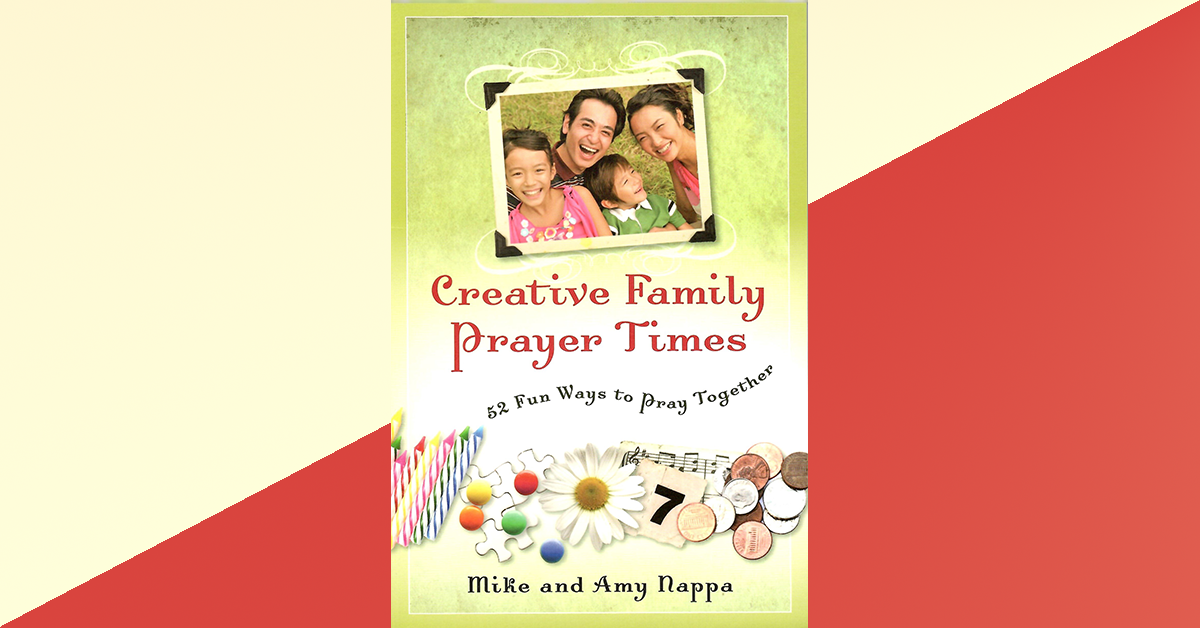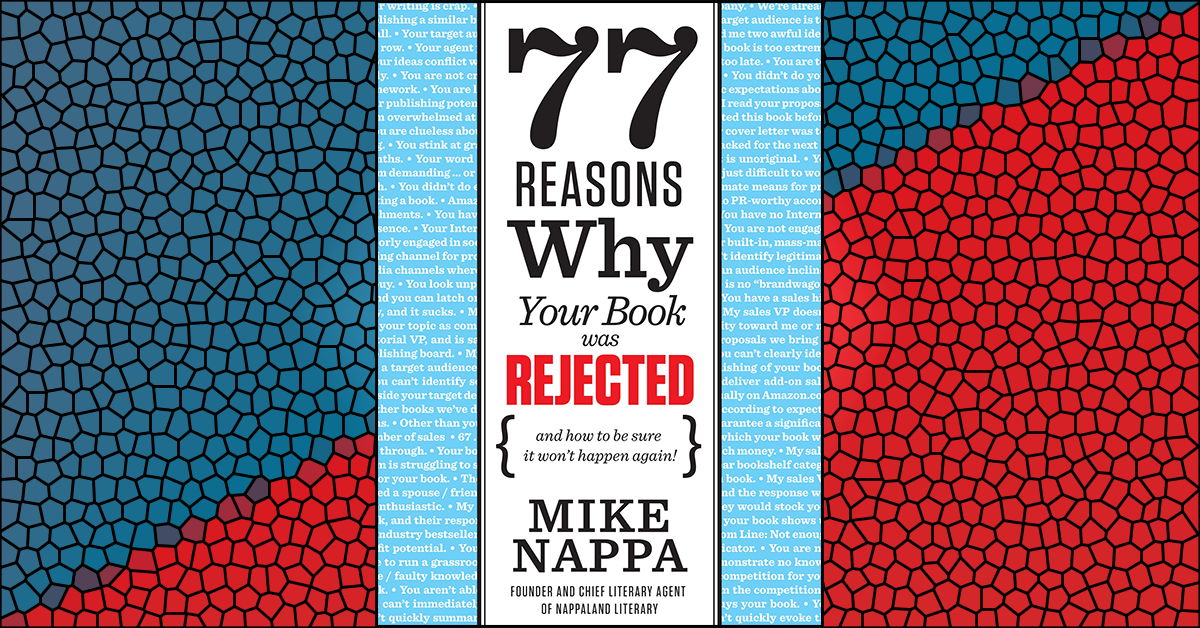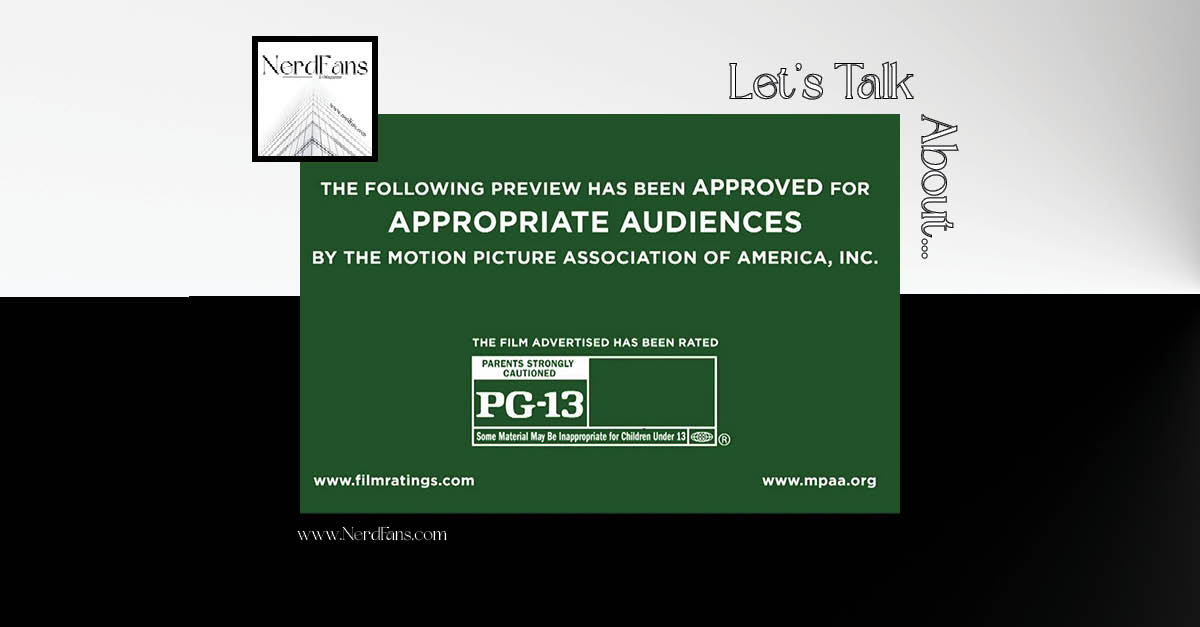An Editorial Team reason for rejection
As the story goes, that whole Twilight phenomenon that Stephanie Meyer started was actually just a publishing mistake made by an inexperienced slush pile assistant.
It seems that in 2003 Ms. Meyer sent a query letter to Writers House agency describing a young adult novel about teen vampires, and asking if they’d be willing to take a look at her 130,000 word manuscript for this book. What neither Stephanie Meyer nor this agency underling knew was that young adult fiction is supposed to fall in the range of a 40,000 – 60,000 word count. Had a more experienced slush pile gopher received that query, it would have been greeted with a standard, form letter rejection.
Instead, this assistant asked to see the manuscript, liked it, and passed it on to Jodi Reamer at Writers House. Ms. Reamer also liked it despite the bloated word count. She sold it to Little, Brown, and thus began what has since been called “the biggest publishing franchise since Harry Potter.”
Now, if you think that you too will have the same kind of one-in-a-million, extraordinary good luck that Stephanie Meyer had, then by all means skip this section of this book and move blissfully on to the next chapter.
However, if your life tends to be less magical and more like the rest of us, then pay attention, because this reason for rejection is one you can easily escape.
Stephanie Meyer notwithstanding, most of us routinely reject books simply because they don’t fit a standard word count. The reason for this goes back to the primary reason why any book is rejected: profit.
It works like this: Just about every book published conforms to a standard trim size—that is, the width, height, and page count of a particular book. That trim size is filled by groupings of pages which are called “signatures,” usually 16 pages per signature. So, for instance, a 160 page book would hold 10 signatures. Publishers know very clearly how many words fit into a 16-page signature, and thus try to fit their word counts into signatures that maximize the printing process.
That means, extra signatures cost extra money to print. Conversely, smaller signatures mean a lower retail price (simply because we buyers have been conditioned to assume that a thinner book is inherently worth less than a thicker one). Both of those situations have a direct impact on publisher profitability, so they’ve standardized much of this formula to be sure they can consistently print books that’ll make money.
Are there exceptions to this practice? Sure—but they are just that: Exceptions. If you want remove an obvious obstacle in the way your book is viewed by an agent or a publishing house, then do the simple thing here.
Write a book that conforms to the word count agents and editors expect.
Or, you know, hope your query letter is picked up by a newbie on her first day.
Your call.
What You Can Do About It
1. Educate yourself on standard word counts.
Last month I got a note from an editor telling me she was looking for well-crafted historical fiction that ran between 80,000 – 100,000 words. I didn’t have anything to show her, so I decided to skulk through the offerings at Authonomy.com. With patience I found one that looked interesting…but it was only 30,000 words. Rejected.
Later I found another: 145,000 words. Rejected. Believe it or not, I looked at a half dozen historical novels that seemed interesting story-wise—and not a single one of them fell in that 80,000 – 100,000 word count. I gave up looking.
If any of those authors had taken the time to educate themselves on typical word counts for historical fiction, they might have had a contract by now. So you be sure to do find out that info. Some editors will tell you their word count preferences if you simply send an email and ask. You can also look at books similar to yours and get a quick word count estimate by counting all the words on one page and multiplying by the full page count. (That’s not exactly accurate, but for your purposes it’ll be close enough.)
And, by the way, here are some basic word counts that I use when evaluating an author’s proposal:
Typical adult nonfiction book: 45,000 – 55,000 words
Typical adult novel: 80,000 – 100,000 words
Typical young adult novel: 40,000 – 60,000 words
Typical juvenile book (fiction or nonfiction): 20,000 – 40,000 words
Typical children’s picture book: 400 – 600 words (or no words at all!)
2. Write toward your target word count.
For nonfiction books this is easy. Simply take your desired word count, subtract the number of words in your front pages and introduction, and then divide the remaining by the number of chapters in your book. For instance, if yours is a 50,000 word book with 12 chapters and 2500 words in front matter/intro, then your equation series would look like this:
50,000-2500 = 47,500; 47,500 / 12 = 3958
That means you’ll probably want to shoot for around 4000 words per chapter. Easy.
For fiction, this is harder because a novelist has to follow the story wherever it goes. So you’ll just have to keep benchmarking yourself. If yours is an adult novel, for instance, and you hit the midpoint of your plot at only 28,000 words, well you’ll need to beef it up a bit. But if you hit 40,000 words and you’re still really only at the beginning of your story, then you’ll want to start figuring out how to cut back so as to avoid the “abrupt ending” syndrome.
3. Write a different book, or two books.
Got a great novel that reaches a dramatic, satisfying conclusion at 49,000 words? For an adult novel, that’s a problem. But for a young adult novel, it’d be right in the target. So, instead of trying to double the size of your word count, why not go back through and edit so it has inherent appeal for teens and college students? Then you can pitch as a young adult novel and (hopefully) make millions like Stephanie Meyer.
Or, by the same token, if your ranging fantasy novel tops out at 161,000 words, try breaking that book into two books in a series instead. Add a third book and you’ve got yourself a bona fide trilogy that’ll (hopefully) triple your success as an author.
Looking for more? Check out these links:












